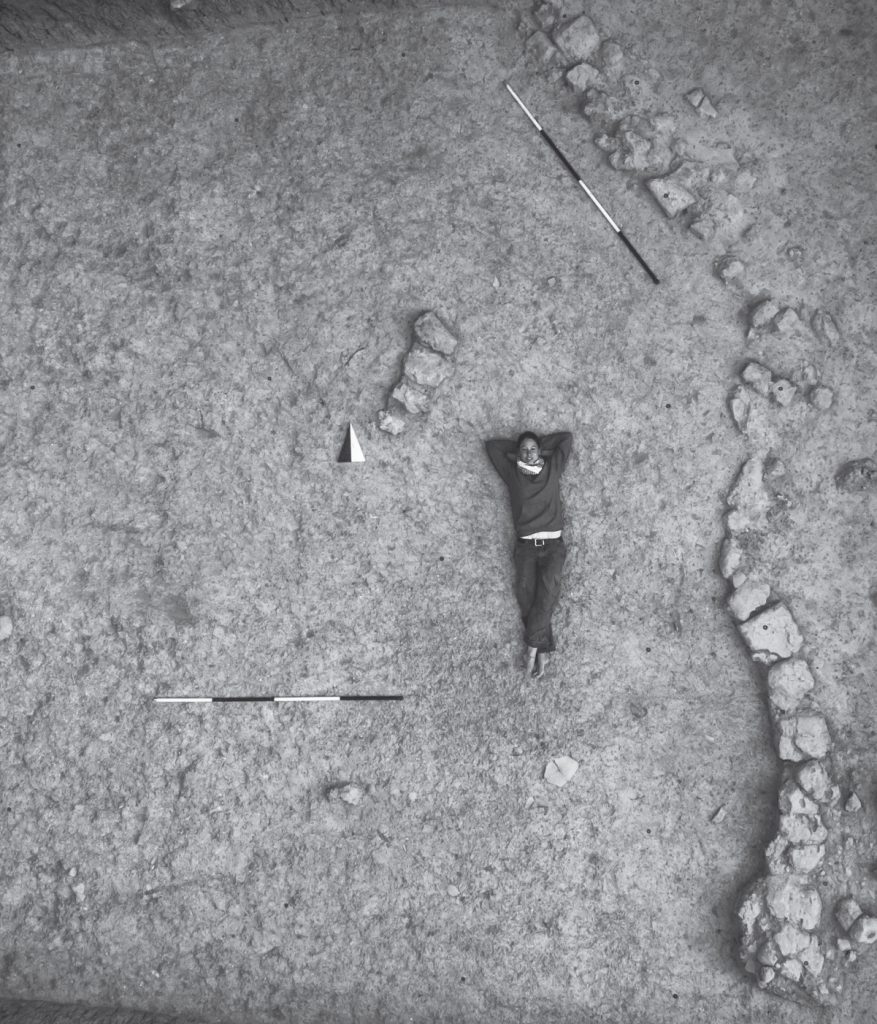Woolley identified patchy remains on top of Level I, which he called Level O and assigned to the 13th and early 12th centuries BC at the end of the Late Bronze Age. These included the poorly preserved foundations of a Level O temple above the Level I one, suggesting that the temple, which continued in use after the general abandonment of the city, was later rebuilt. New work nearby Woolley’s temple sounding has uncovered an Iron Age sequence here that is over 2 m in depth. We therefore now know that, contemporary with the Kingdom of Kunulua centered at Tell Tayinat, the highest part of the Atchana mound was still in use during the 12th-8th centuries BC, and Woolley’s Level O may belong to this settlement. Although the nature and extent of the Iron Age city of Alalakh is still somewhat opaque, this important recent discovery overturns long-standing interpretations of the city’s history and conclusively demonstrates that the formerly disconnected approach to Tell Atchana and Tell Tayinat has been misguided. It further suggests that the temporal shifts observed between the two locations from the third millennium to the first millennium BC created a multiproxy city which developed according to changes in the riverbed of the Orontes. This is clearly visible in various boring/coring projects, which have revealed several diverse riverbed channels and the presence of lower towns expanding beyond the visible tells, including the small mound of Tayinat al-Saghir. Therefore, the larger cityscape of Tell Atchana and Tell Tayinat should be seen as a palimpsest of the multilayered history of a “mega city” shaped by the Orontes River.



